Exposure to a Motor Vehicle Collision and the Risk of Future Neck Pain: A Systematic Review and Meta-analysis
SOURCE: PM R. 2019 (Apr 25) [Epub]
Paul S. Nolet, DC, MS, MPH, Peter C. Emary, DC, MSc, Vicki L. Kristman, PhD, Kent Murnaghan, MA MISt,
Maurice P. Zeegers, PhD, Michael D. Freeman, MedDr, PhD
Care and Public Health Research Institute,
Maastricht University,
Maastricht, Netherlands.
OBJECTIVE: To summarize the literature that has examined the association between a motor vehicle collision (MVC) related neck injury and future neck pain (NP) in comparison with the population that has not been exposed to neck injury from an MVC.
LITERATURE SURVEY: Neck injury resulting from a MVC is associated with a high rate of chronicity. Prognosis studies indicate 50% of injured continue to experience NP a year after the collision. This is difficult to interpret due to the high prevalence of NP in the general population.
METHODOLOGY: We performed a systematic review of the literature using five electronic databases, searching for risk studies on exposure to a MVC and future NP published from 1998 to 2018. The outcome of interest was future NP. Eligible risk studies were critically appraised using the modified Quality in Prognosis Studies (QUIPS) instrument. The results were summarized using best-evidence synthesis principles, a random effects meta-analysis, meta-regression and testing for publication bias was performed with the pooled data.
SYNTHESIS: Eight articles were identified of which seven were of lower risk of bias. Six studies reported a positive association between a neck injury in an MVC and future NP compared to those without a neck injury in a MVC. Pooled analysis of the six studies indicated an unadjusted relative risk of future NP in the MVC exposed population with neck injury of 2.3 (95% CI [1.8, 3.1]), which equates to a 57% attributable risk under the exposed. In two studies where exposed subjects were either not injured or injury status was unknown, there was no increased risk of future NP.
There are more articles like this @ our:
CONCLUSIONS: There was a consistent positive association among studies that have examined the association between MVC-related neck injury and future NP. These findings are of potential interest to clinicians, insurers, patients, governmental agencies, and the courts.
KEYWORDS: motor vehicle collision; neck pain; risk; systematic review; whiplash trauma
From the FULL TEXT Article:
Introduction
Neck pain (NP) is a common finding in the general population and the fourth leading cause of years lived with disability globally. [1] Out of the 291 diseases examined in the Global Burden of Disease study in 2010, NP ranked 21st in terms of total burden of health as measured by disability adjusted life years. [2] In 2010, the average point prevalence of activity limiting NP over all age groups was 4.9%, and was higher in women (5.8%) than in men (4.0%). [3] NP is often a chronic or recurrent condition [4] and results in a significant economic burden on health care systems [3] as well as impacts on health-related quality of life. [5]
NP pain is a common complaint after involvement in a motor vehicle collision (MVC) with 86% of injured occupants reporting NP pain. [6] In Ontario 17.6% of those exposed to a MVC report a personal injury. [7] The question of whether injury in an MVC can lead to ongoing or future episodes of NP is important to patients, health care providers, governments, insurers and courts. The prognosis after neck injury in a MVC can be prolonged with 50% still reporting NP a year later. [8] However, there is a high prevalence of NP in the general population (12 month prevalence of 30% to 50%), where many were not injured in a MVC. [9]
Given the fact that prognosis studies indicate a high rate of persisting pain a year or more after traffic crash-related injury, prevalence studies indicate a high rate of NP regardless of history and injury status at the time of the crash appears to be an important predictor of risk, we find that the literature is missing a reliable estimate of NP risk following a crash-related neck injury. Such an estimate is important both for understanding public health risks among the population with acute injury, as well as for medicolegal applications for the individual with ongoing NP after acute injury in order to quantify the probability that the persisting symptoms are attributable to the crash-related injury versus background rate. Therefore, the objective of the present review and meta-analysis is to estimate the risk for an association between the exposure to a MVC and future NP, in comparison with the population that has not been exposed to a MVC.


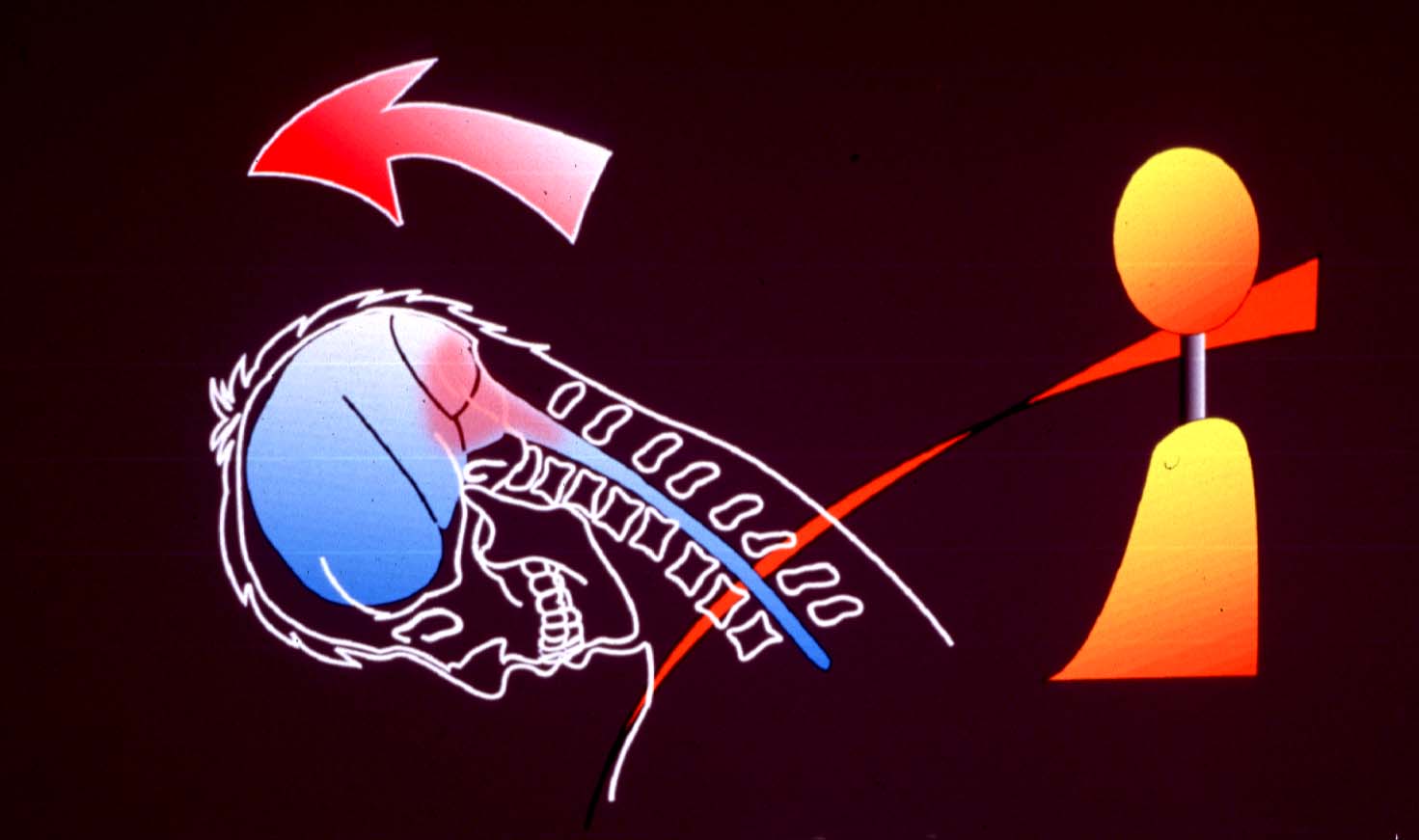
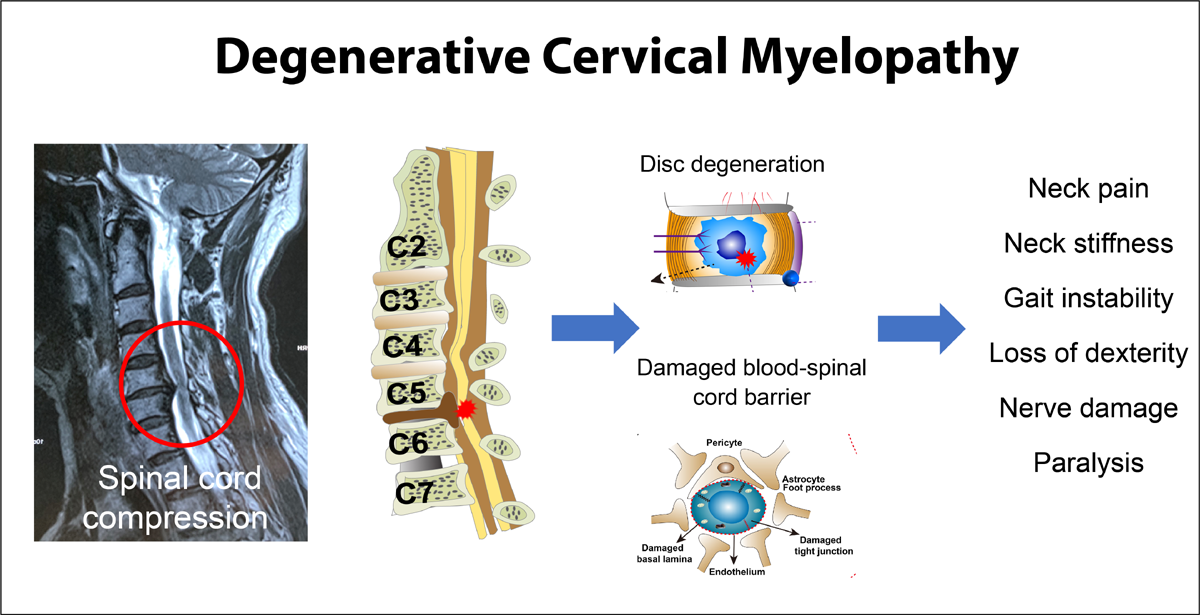
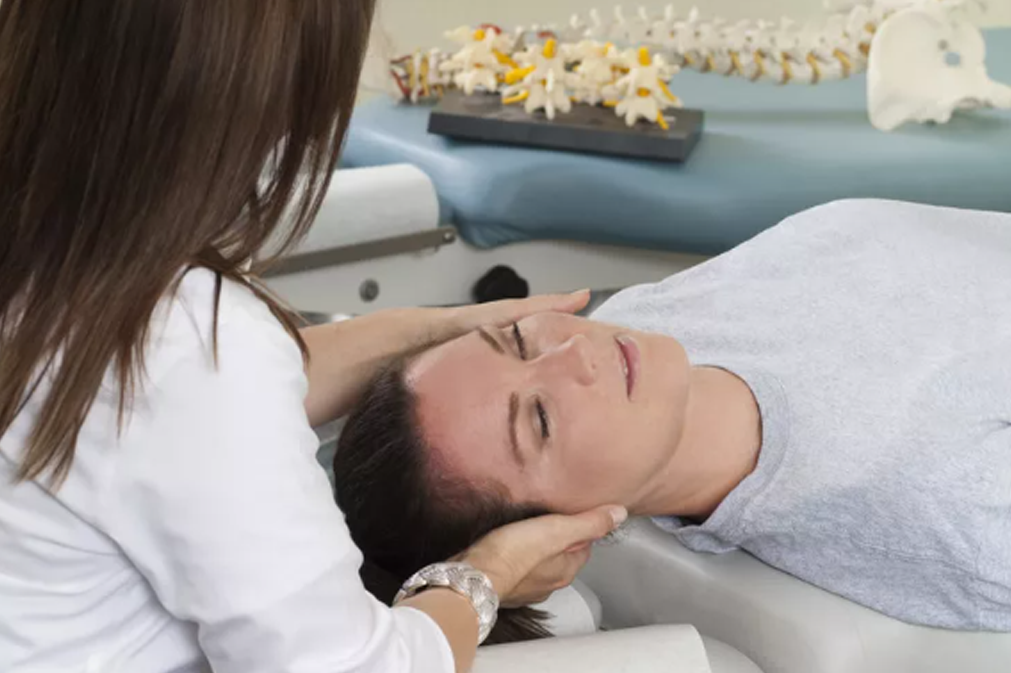
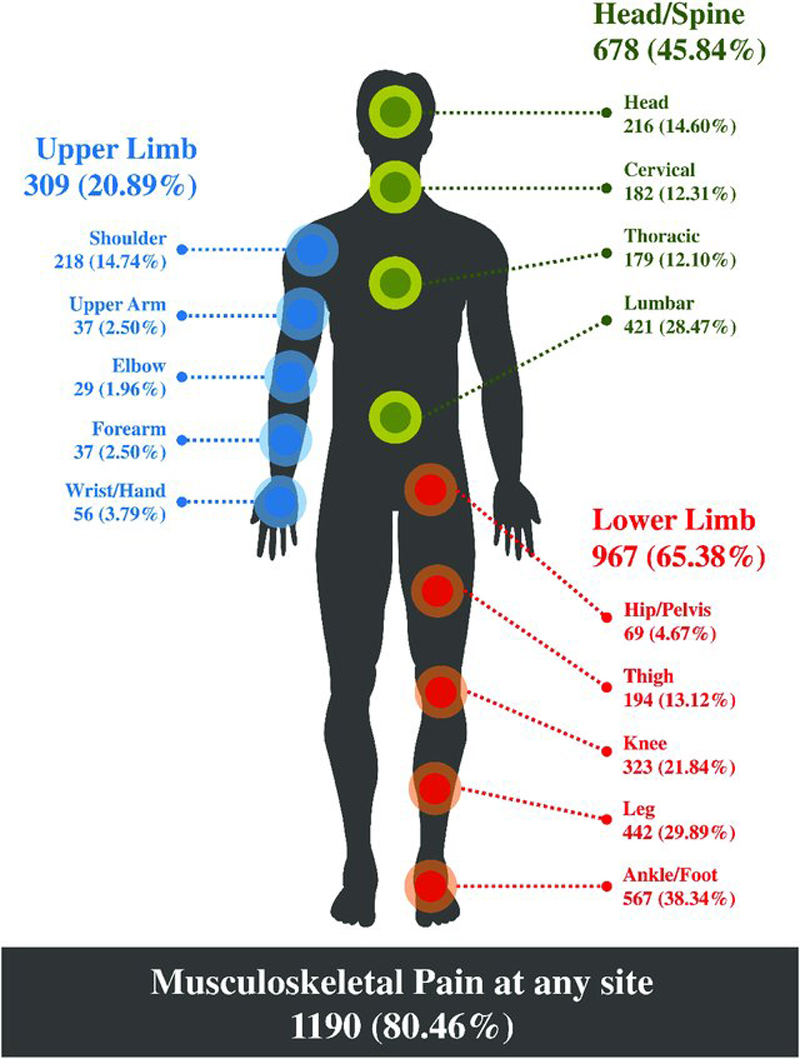
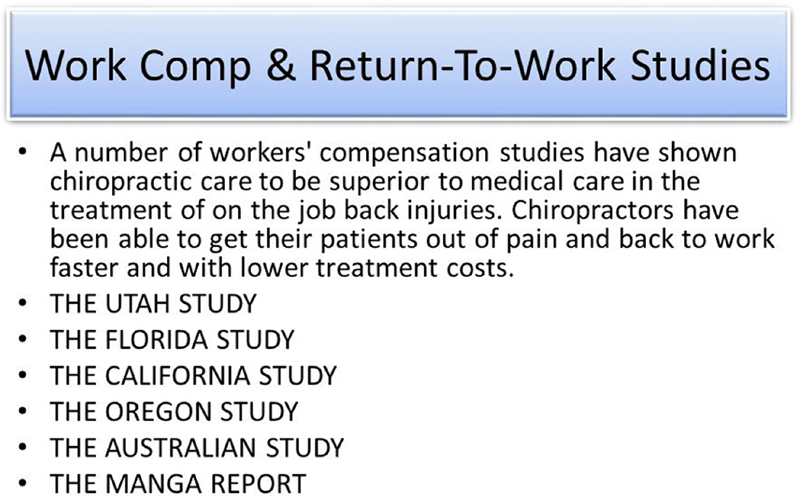
Leave A Comment